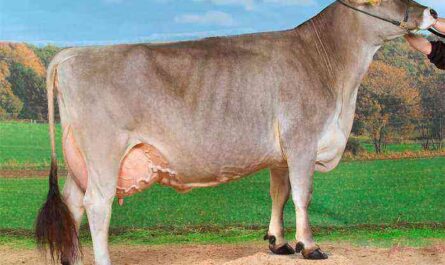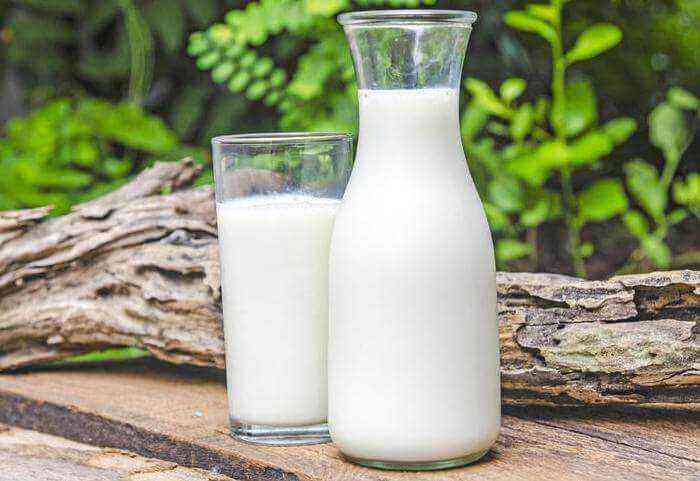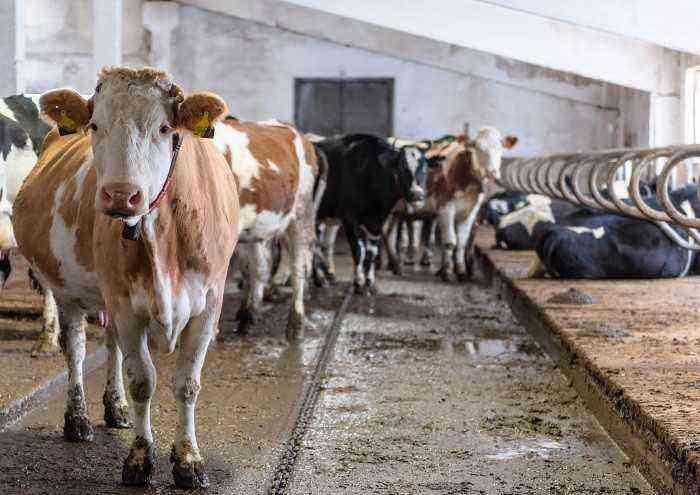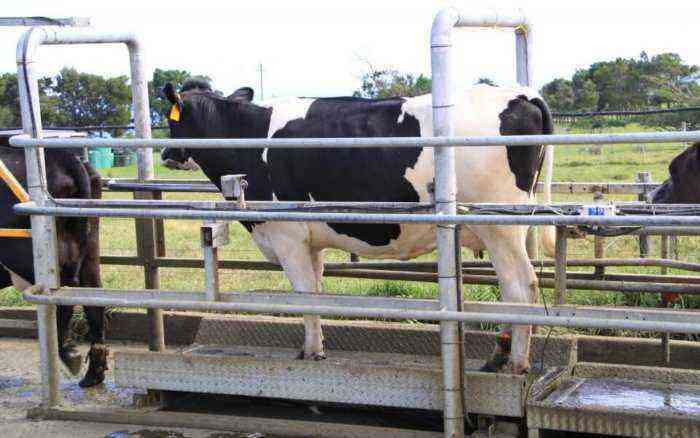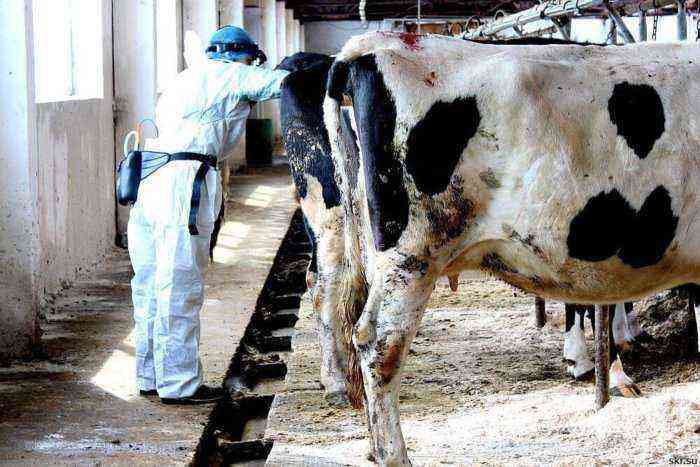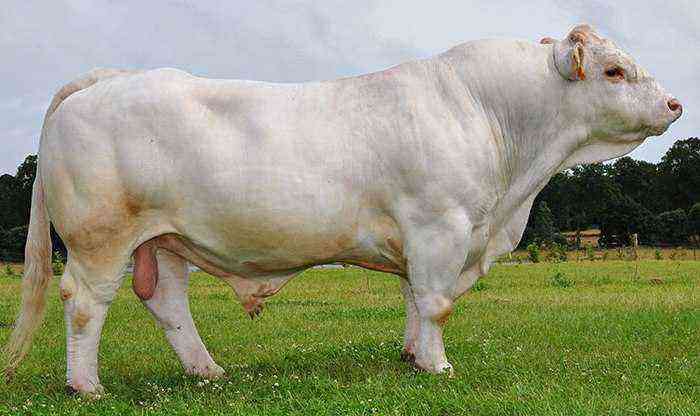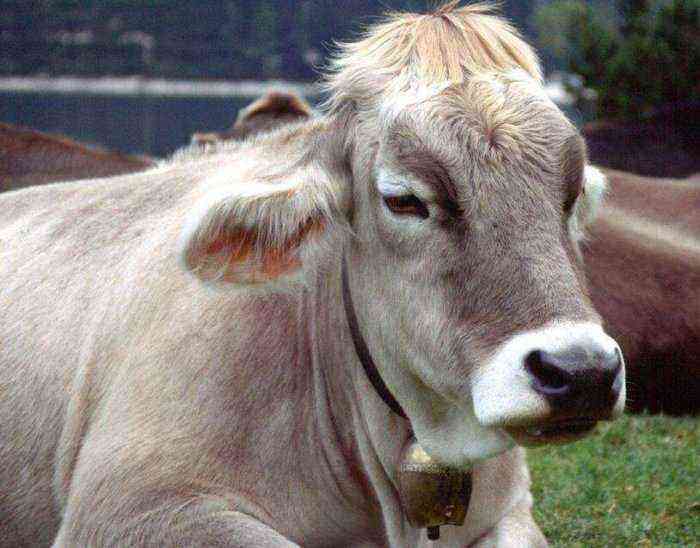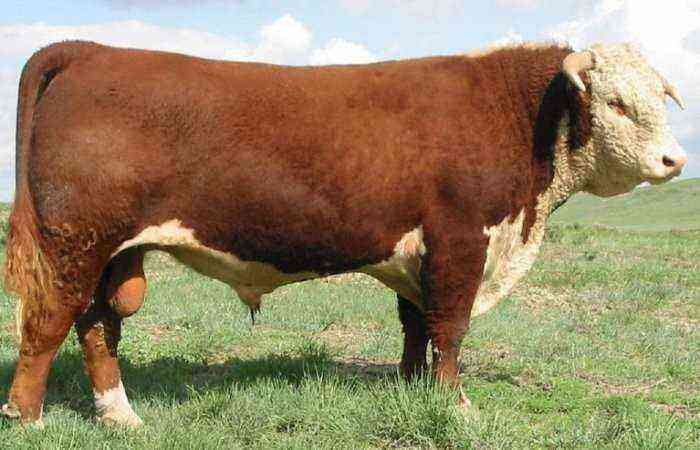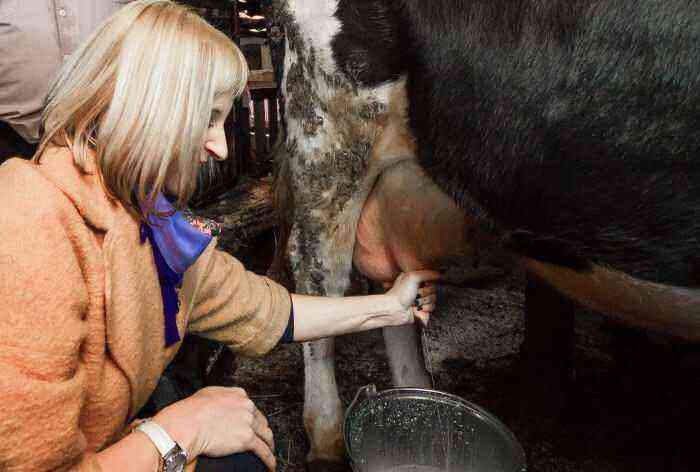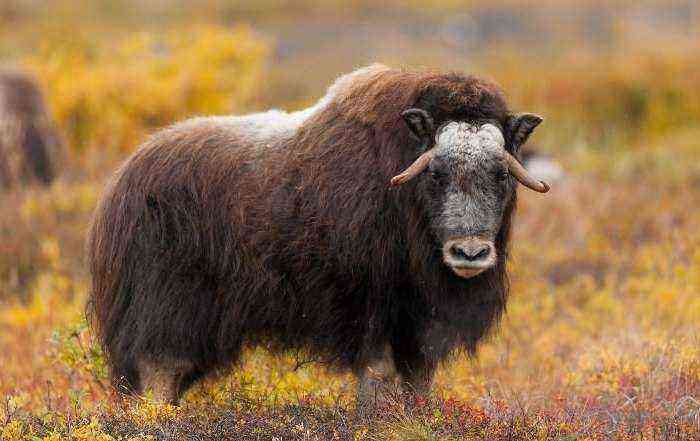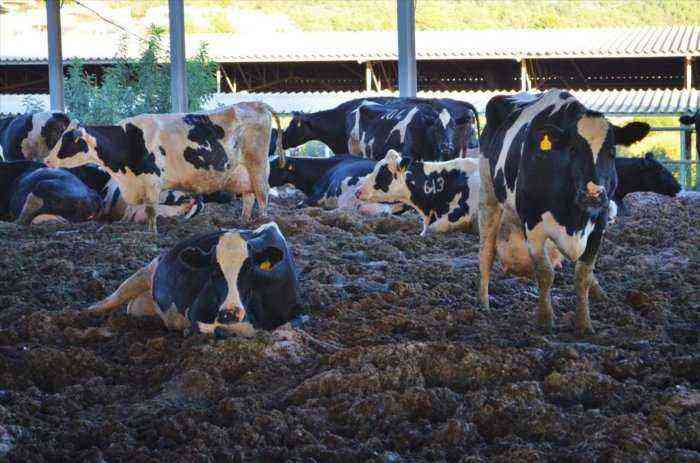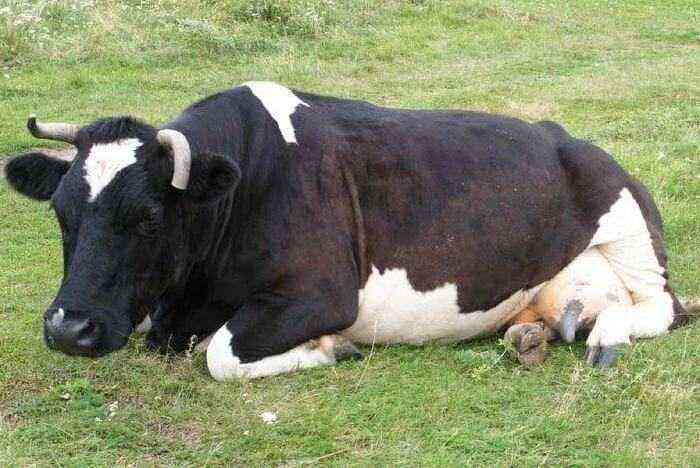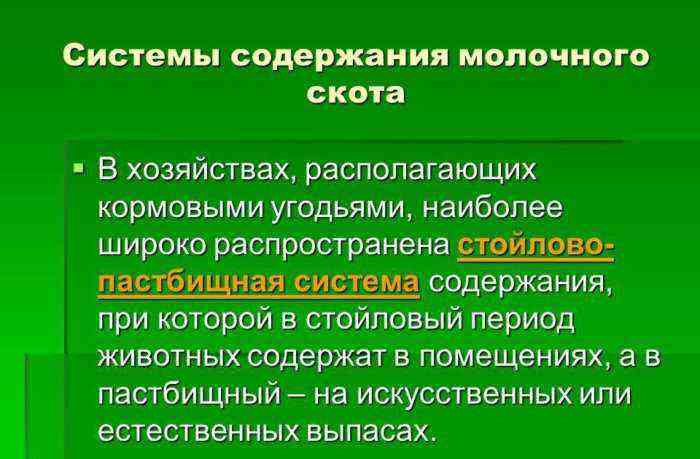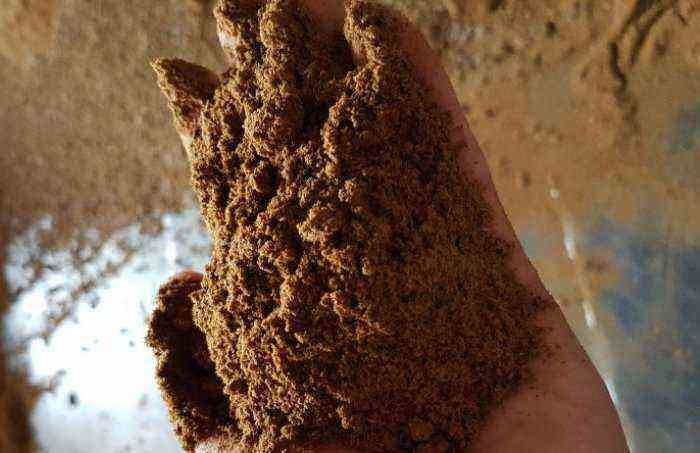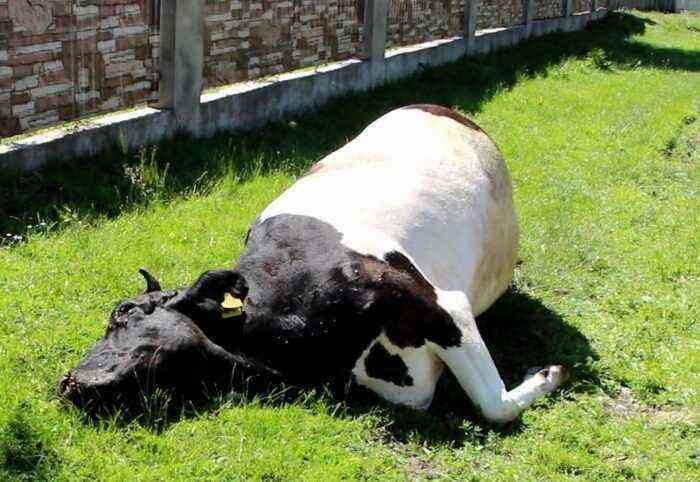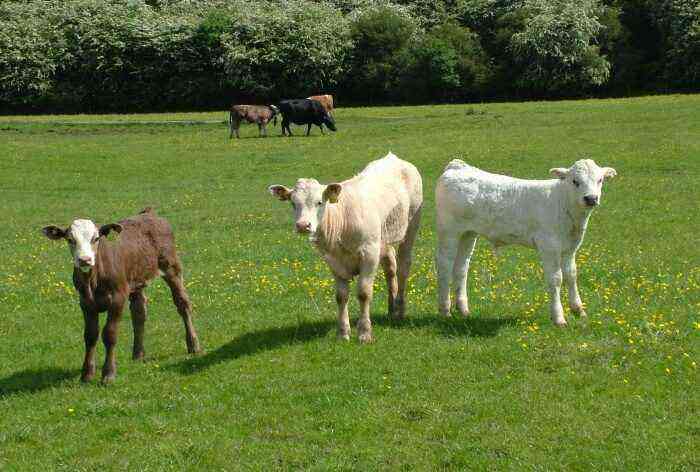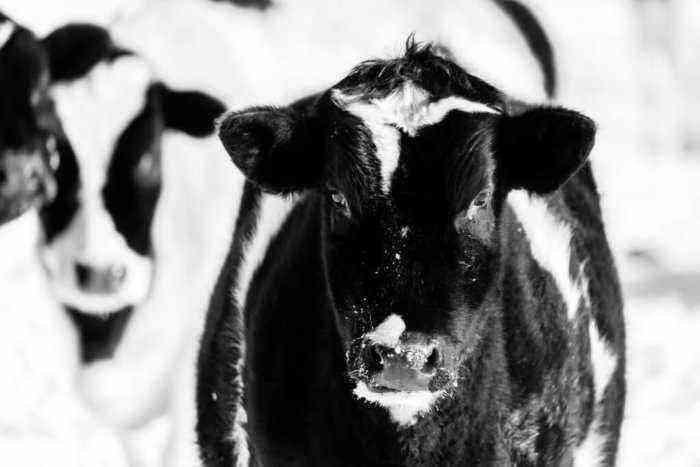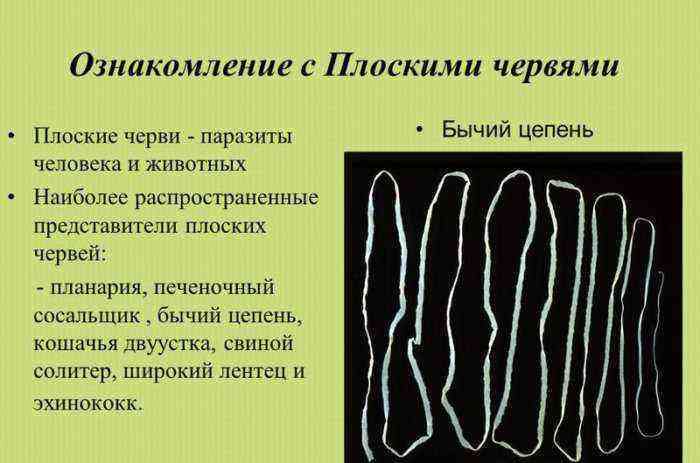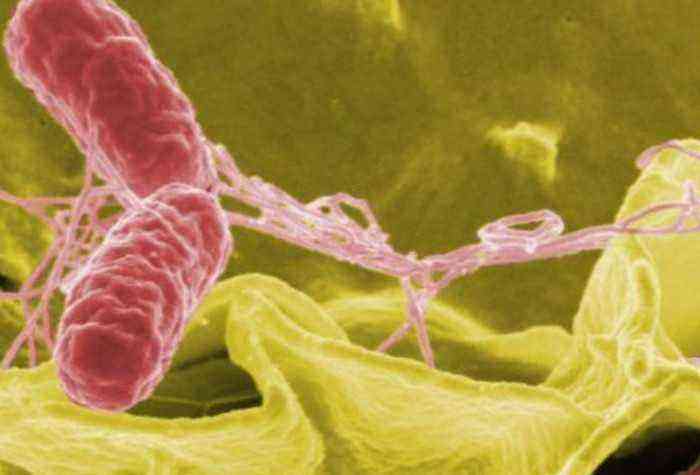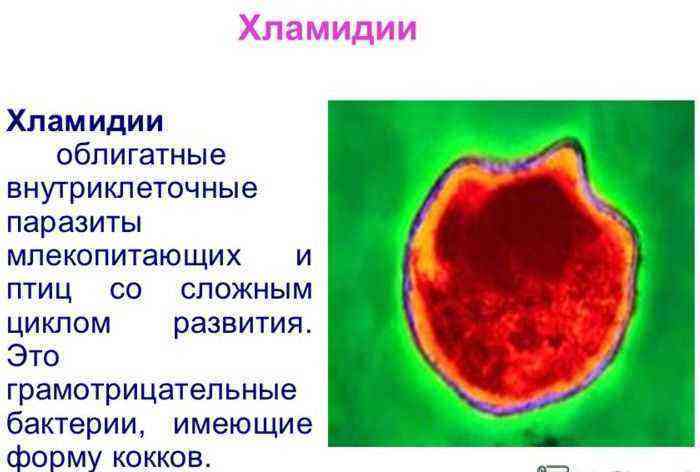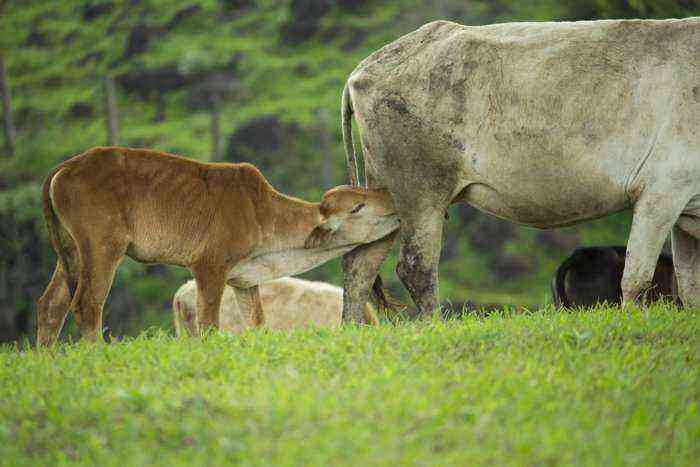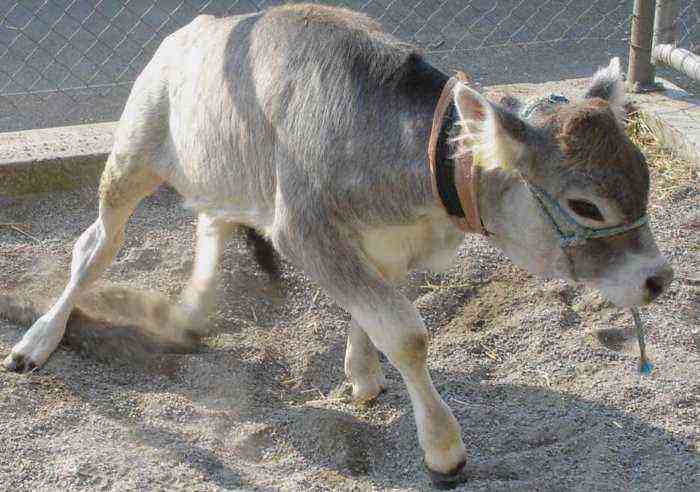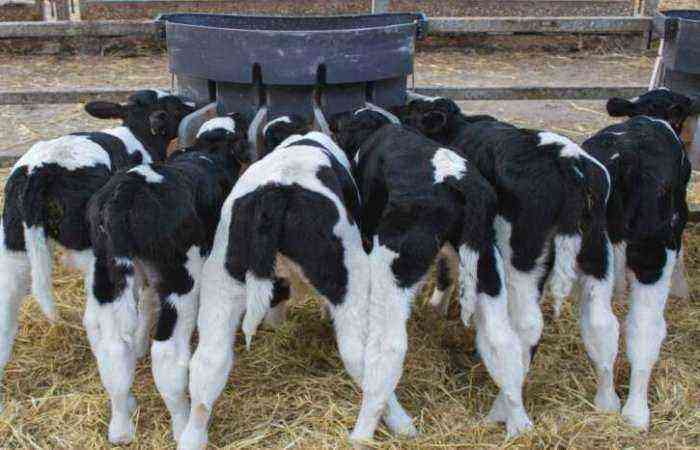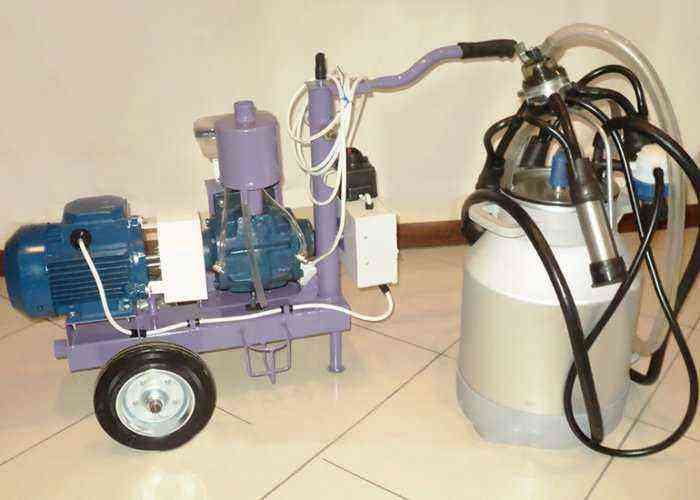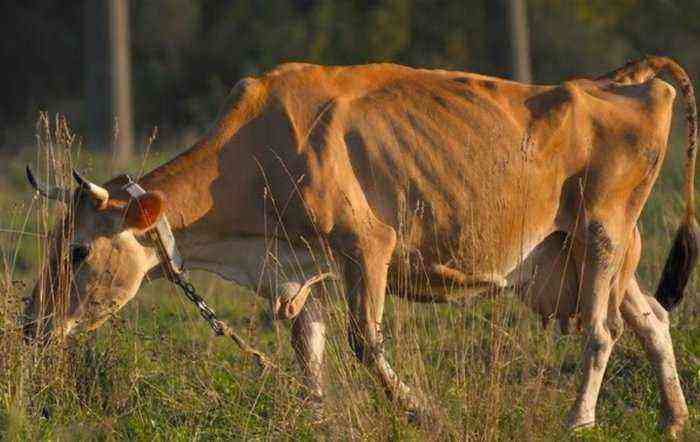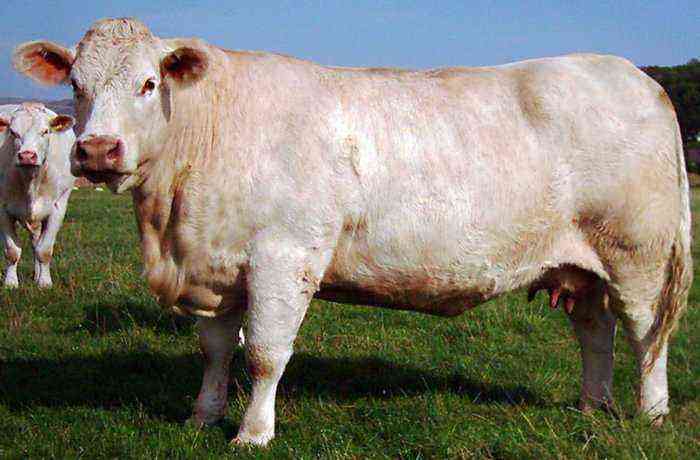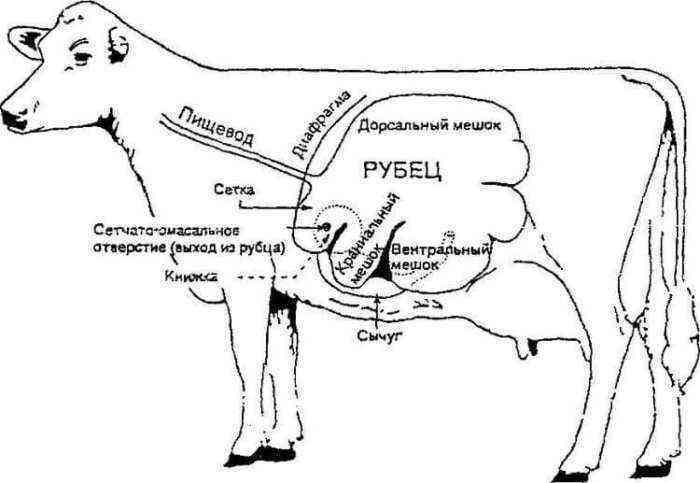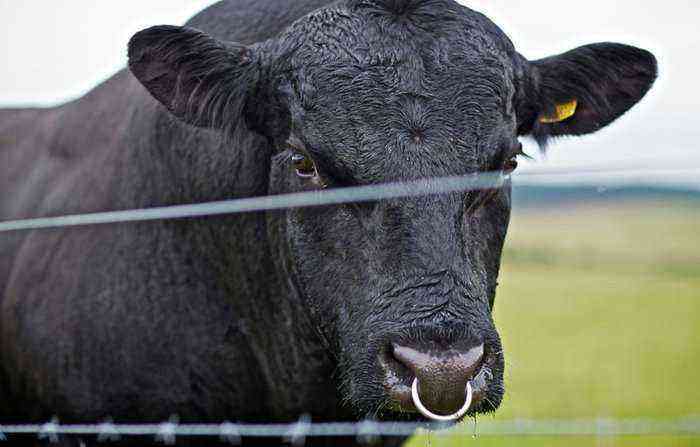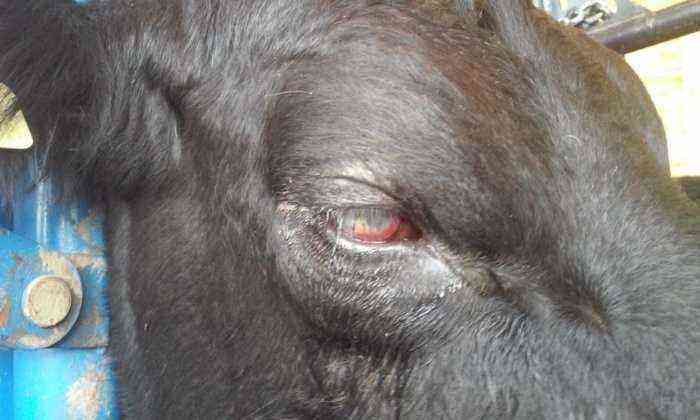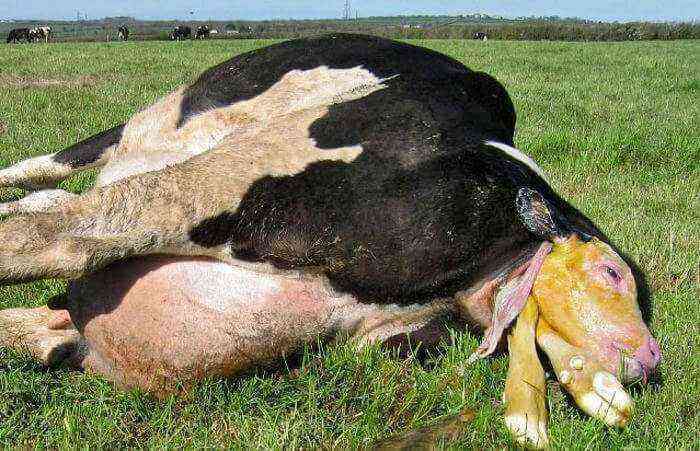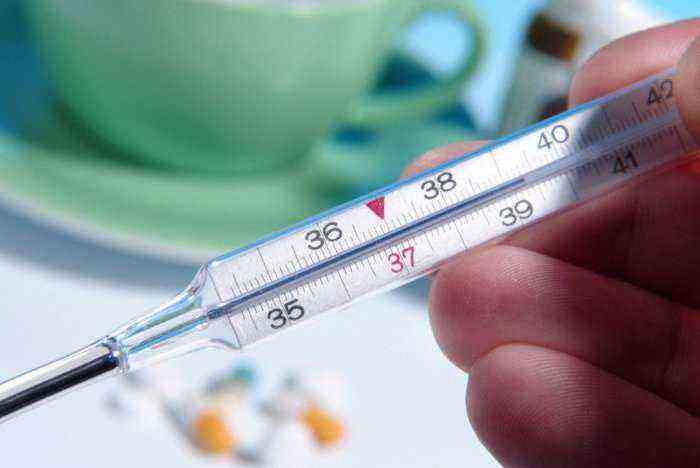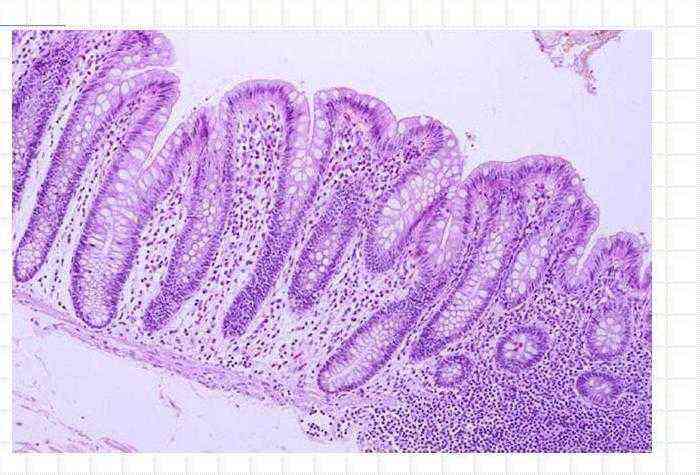Udder diseases in cows are among those ailments that cannot be ignored. Pathological processes in the mammary gland require immediate treatment, because they lead to irreversible processes and destructive changes in this organ, and hence to a decrease in the productivity of the animal. Consider the most common diseases of the udder, their symptoms and methods of treatment.
Diseases of the udder in cows
Mastitis
Mastitis is an inflammatory process that affects one or more udder lobes. This disease most often develops after calving against the background of a decrease in the resistance of the animal’s body. At the beginning of the lactation period, when milk production gradually increases, the likelihood of mastitis increases. Provoking factors for the development of inflammation are:
- Keeping a cow in a damp and cold room.
- In unsanitary conditions.
- Poor maintenance of the milk tank.
- Incomplete emptying of the gland lobes during milking.
- Injuries, microtraumas of the udder (bruises, abrasions, cracks in the nipples).
- Wrong start.
Attention! Mastitis often develops due to inflammation in other organs, for example, with endometritis, when the infection spreads through the bloodstream into the milk tank.
There are different types of mastitis, each of them has its own differences and manifestations. Consider the symptoms of the disease in general:
- The udder (or part of it) is enlarged, compacted, it can be hard as a stone or have nodules inside, palpable on palpation.
- Reduced milk production or complete cessation of milk production.
- The mammary gland is hot, painful, sometimes reddened or with characteristic purple spots.
- The consistency of milk has changed – it is watery with curd clots.
- The color and taste of milk also change – it becomes salty or bitter, it can be colored red, bluish or yellow.
- In some forms of mastitis, the udder bleeds or oozes pus.
- Body temperature is either normal or high.
- The animal loses its appetite, looks dejected.
Attention! Inflammation of the udder can be asymptomatic; such a pathology can only be detected by testing milk.
If you notice any deviations or changes in the quality of milk or the udder itself, you need to urgently seek veterinary help.. This disease develops rapidly or becomes chronic. Running mastitis can lead to irreversible changes in the mammary gland, cause severe suppuration of the udder. The animal may die due to sepsis.
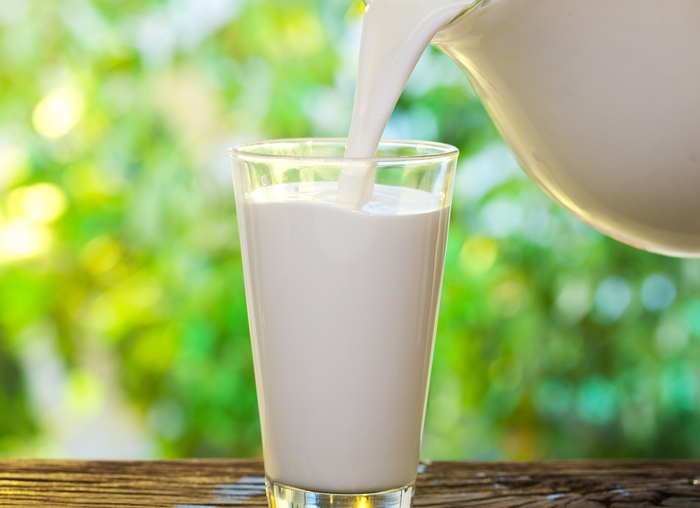
Changes in milk quality
Treatment of the disease is carried out with antibacterial drugs of the penicillin series. The cow is injected with antibiotic solutions intramuscularly for 5-7 days, milk is expressed every 3 hours, and the udder is massaged. Compresses are used, ointments are rubbed into the mammary gland – ichthyol, salicylic, camphor. The conditions in which a sick animal is kept are of great importance – it is provided with warmth, soft bedding, good nutrition. To increase the immune status, vitamin supplements are introduced into the diet.
Smallpox
Smallpox is a disease of viral etiology. The virus can enter the cow’s body through the mucous membranes of the mouth or nose, as well as through microcracks in the udder. With this disease, irregularly shaped vesicles with a clearly defined edge and a pronounced center form on the skin of the mammary gland. As the disease progresses, they merge together, forming large foci of inflammation. In the future, pockmarks burst, acquire a dark color, crusts form on the skin.
Symptoms of the disease:
- Lethargy, loss of appetite.
- Temperature increase.
- The cow’s udder hurts so badly that she spreads her legs to relieve her condition.
- Bubbles with a clear outline, with a darkened center.
A sick cow must immediately be isolated, placed in a warm and dry place. Treatment is with antibiotics. Great importance is attached to milking, this is done regularly, every 2-3 hours manually or with a catheter. The cow is given easily digestible food, vitamins.
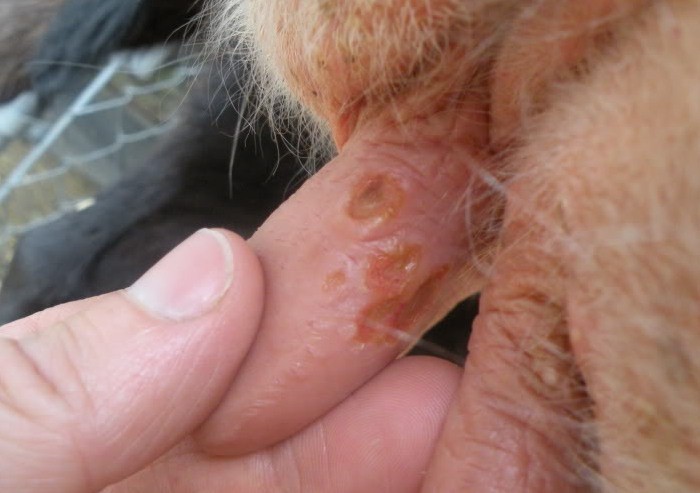
Udder pox
Edema
Before childbirth or in the first days after calving, the udder may swell. This process is considered normal. This is often due to the lack of exercise in the last weeks before calving, and in some animals the udder swells due to the development of toxicosis or heart and kidney diseases.
Symptoms:
- The mammary gland or its back is enlarged in size.
- On palpation, painless, cold, dough-like.
- When you press on the place of edema, a depression from the finger appears, which slowly levels out.
- The temperature is normal.
- Milk becomes watery.
Edema of the udder does not require medical treatment. In most animals, it passes without a trace within a week. However, the participation of the farmer is still necessary. It is necessary to express milk, to massage the milk tank. It makes sense to reduce the supply of succulent feed and salt and limit drinking.
Attention! With mammary gland edema, the immune response of the body decreases, at this time it is important to improve the quality of care for the cow and monitor the condition of the udder, as the likelihood of developing mastitis increases.
Warts
On the milk tank, benign neoplasms can appear that are caused by the papilloma virus – these are warts. They resemble small single or group growths. Their strong distribution often interferes with milking, and sometimes even makes it impossible.
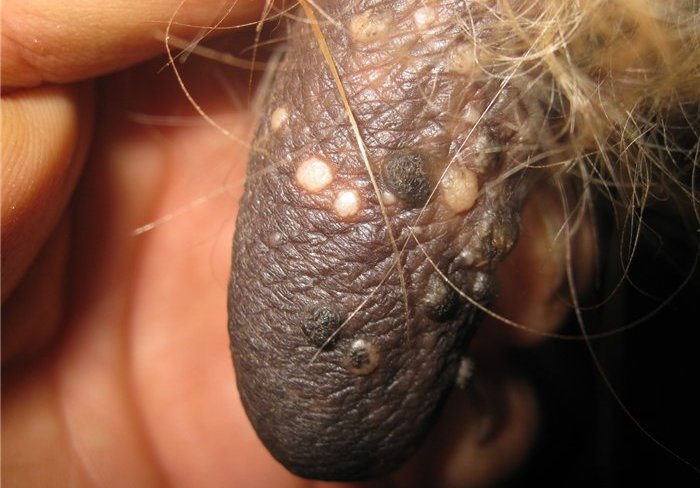
Warts on the udder
Warts are removed in several ways:
- Single formations are tied up with hair, which is taken from the tail of a cow. After a few days, the warts fall off. Such treatment is possible only on single neoplasms, if they are located on the legs.
- Group and rapidly spreading warts are treated with various drugs. For the treatment of papillomas, nitric acid, liquid nitrogen, lapis, salicylic collodion, formalin are used.
Reference. Since the appearance of warts is associated with the introduction of the papilloma virus into the body of an animal, it is advisable to direct efforts to combat the causative agent of the disease. To do this, cows are given to drink magnesia at a dosage of 30 grams in the morning and evening.
Furunculosis
Inflammation of the hair follicle and adjacent connective tissue, accompanied by suppuration, is called a furuncle. This disease is more common in lactating cows, and the following factors contribute to its development:
- Decreased immunity.
- Hypothermia (content on a thin litter or without it).
- Violation of the integrity of the skin of the breast.
Symptoms of furunculosis: A pustule is formed around the hair follicle, filled with white purulent exudate. Gradually, the bump on the udder increases in size, on palpation it is dense, painful, hot, the skin around the pustule turns red. As it matures, the head of the boil protrudes more and more above the surface of the skin. The seal often reaches the size of a walnut.
The treatment is carried out as follows – the hair in the area of suppuration is cut off, and the focus of inflammation is treated with disinfectant solutions. As the abscess matures, it often spontaneously opens. If this does not happen, it is incised with a scalpel so that the purulent contents and the rod come out. After the exudate comes out, the boil is treated with streptocid and ichthyol ointment. With extensive and recurrent furunculosis, intravenous infusions of a solution of streptocide and potassium chloride are effective. Particular attention should be paid to improving the immunity of the animal.
Slowness
Stiffness is called the narrowing of the nipple canal. With such a pathology, milkmaids have to make great efforts during milking, and the process of expressing milk takes a lot of time. Stiffness can be both a congenital pathology and an acquired one. The teat canal undergoes changes due to the transferred inflammation of the udder or mechanical damage as a result of scarring of the sphincter tissues.
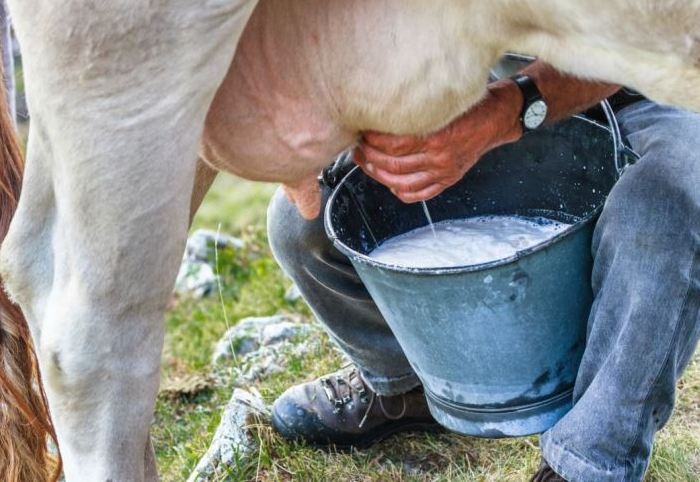
Stiffness in cows
Symptoms of the disease – when milking, a very thin stream of milk is released, when decanting, you have to make an effort. By palpation, it is often possible to feel a slight thickening of the sphincter or a scar on the tip of the nipple.
Treatment of stiffness involves stretching the milk duct with a special dilator, as well as weakening the muscle tone of the sphincter of the papillary canal. The bougie is pre-treated with a disinfectant solution, lubricated with petroleum jelly and gently inserted into the nipple canal. There it is left for half an hour, after which it is removed, and then milked.
If a scar became the cause of the narrowing of the canal lumen, then you should try to stretch the healed part of the connective tissue, and not the healthy tissue of the sphincter. If such therapy does not bring results, they resort to dissection of the scar.
Milk incontinence
Cows sometimes have milk incontinence, that is, it is spontaneously released from the nipple in drops or even a stream. The causes of this disease are:
- Injuries.
- Paralysis of the nipple canal.
- Weakening of the sphincter tone of the milk duct.
Reference. Milk incontinence can be triggered by stress, as well as hypothermia, or occurs during estrus.
Treatment in this case is aimed at increasing the tone of the sphincter of the nipple canal. After each milking, it is necessary to massage the nipple for at least 15 minutes, after which its tip is smeared with collodion, and a rubber ring is put on to prevent leakage of milk.
Attention! The latch should not squeeze the nipple, otherwise blood circulation will be disturbed and necrosis may develop.
If a cow has milk incontinence, more attention must be paid to udder hygiene so that pathogenic microflora does not enter the teat canal.
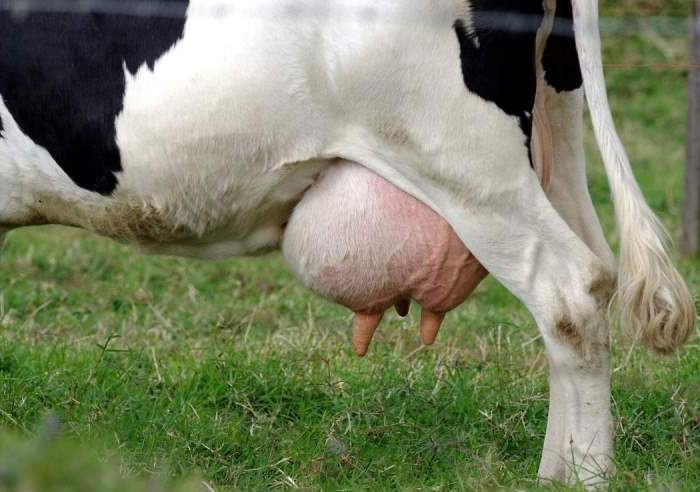
cow milk incontinence
Udder diseases require immediate human intervention. It is impossible to ignore any alarming symptoms that indicate a disease of the breast, you need to establish a diagnosis and begin treatment without delay. Otherwise, there is a high risk of developing complications, which often lead to a decrease in the productivity of the cow, to the culling of the animal, and sometimes to death.
